In a city where rain-soaked commutes and tech-driven hustle define daily life, new data shows 45% of Seattle residents report heightened stress levels, according to a recent survey by the University of Washington. But here’s the twist: resilience balance strength is emerging as a game-changer for many, blending emotional fortitude with balanced physical and mental practices to combat these silent triggers. This approach isn’t just buzz; it’s helping locals reclaim calm amid the chaos of urban demands. As Seattleites navigate everything from job pressures to environmental gloom, building resilience balance strength could be the key to thriving in 2025.
Unmasking Seattle’s Hidden Stressors

Seattle’s vibrant tech scene and stunning natural backdrop mask a underbelly of stress. Long work hours at companies like Amazon and Microsoft leave many feeling drained. Add in the infamous “Seattle Freeze,” that social chill where making friends feels like climbing Rainier, and you’ve got a recipe for burnout. A study from the Pew Research Center highlights how urban isolation exacerbates mental health issues in tech hubs, with Seattle ranking high. Resilience balance strength steps in here, encouraging intentional social connections to counter these invisible pressures.
The Science of Resilience Building
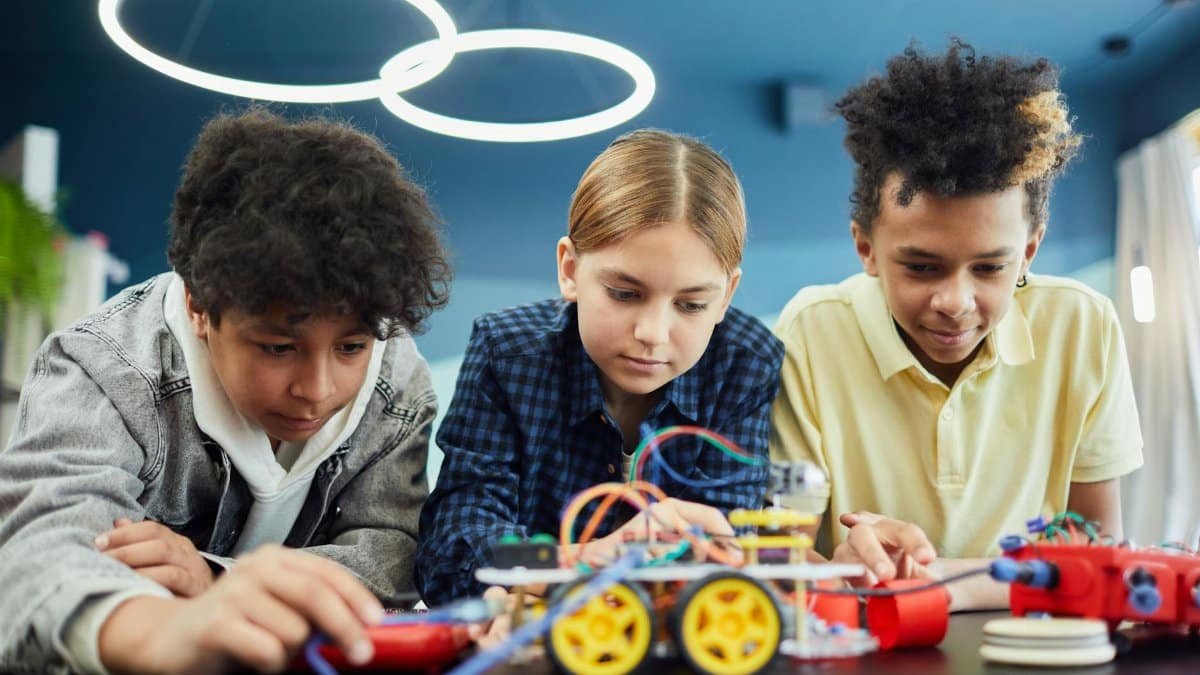
At its core, resilience balance strength involves training the mind and body to bounce back from setbacks. Researchers at Harvard University have found that practices like mindfulness meditation can rewire neural pathways, enhancing emotional stability. In Seattle, where seasonal affective disorder hits hard during gray winters, this balance is crucial. By combining strength training with reflective exercises, individuals report better mood regulation. It’s not about ignoring stress but equipping yourself to handle it, turning potential breakdowns into breakthroughs.
Balancing Act: Physical Strength Meets Mental Fortitude
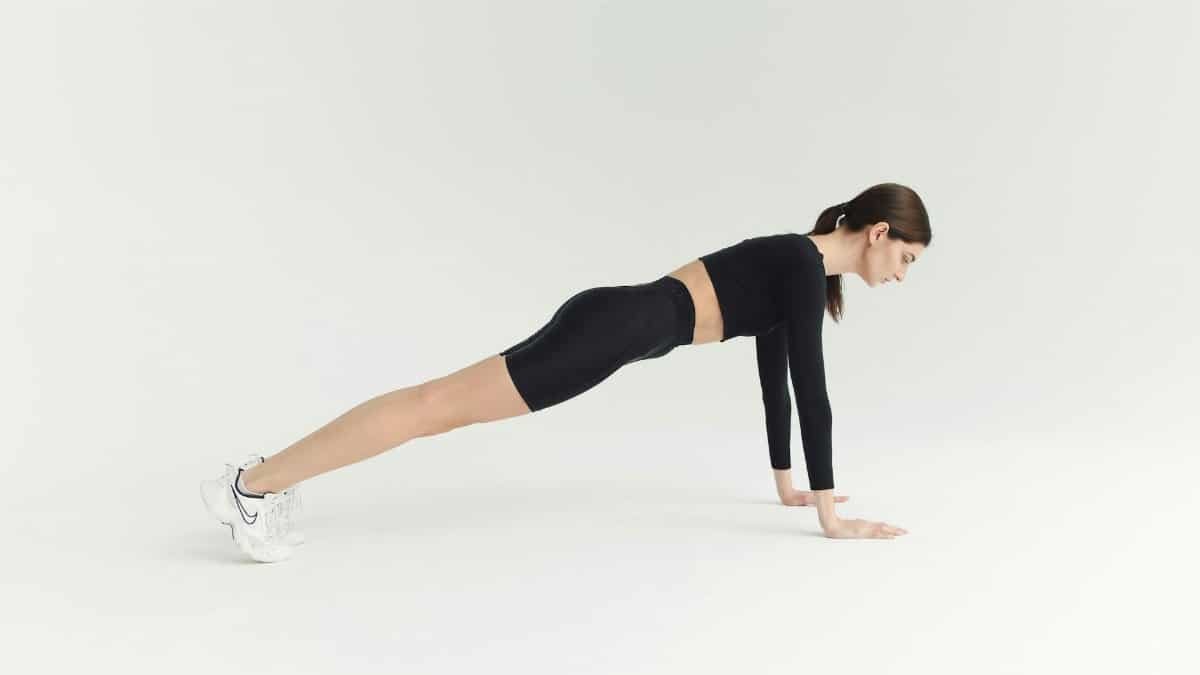
Resilience isn’t just mental; it’s physical too. Seattle’s fitness enthusiasts are blending yoga with weightlifting to achieve this equilibrium. A report from the Centers for Disease Control and Prevention notes that regular exercise reduces cortisol levels, the hormone tied to stress. Local gyms like those in Capitol Hill are seeing a surge in classes that fuse strength workouts with breathing techniques, helping participants build a buffer against daily grind. This holistic method ensures you’re not just strong, but sustainably so.
Real Stories from Emerald City Locals
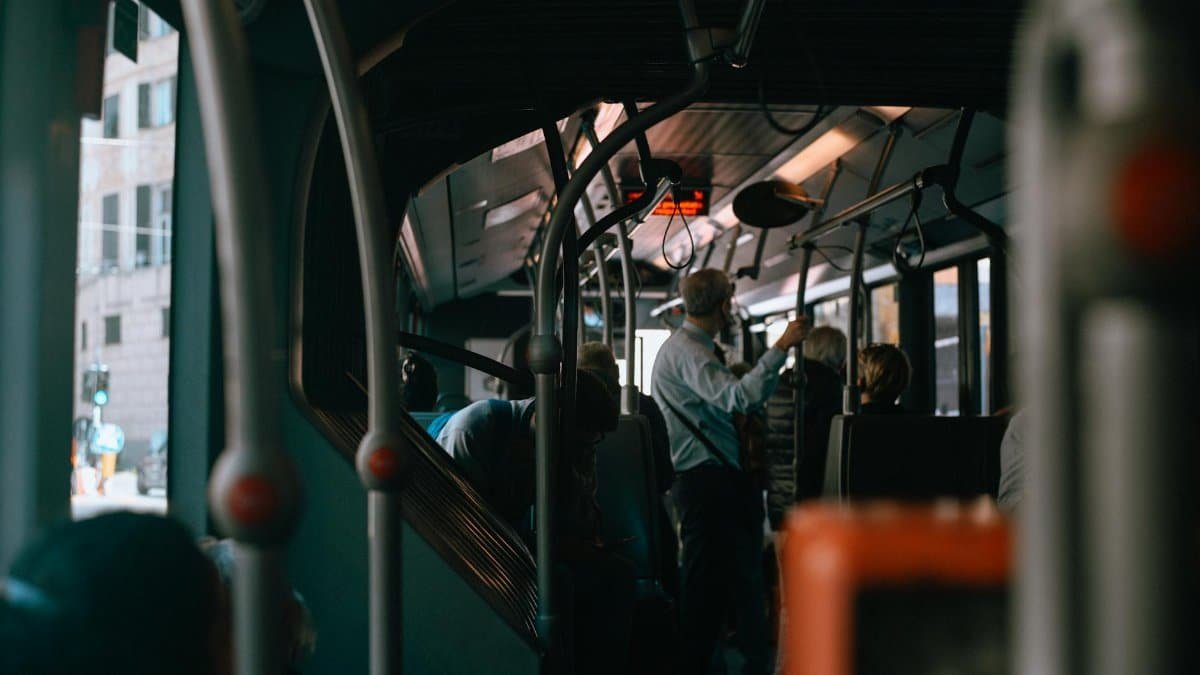
Take Mark Thompson, a software engineer in Ballard, who hit rock bottom after back-to-back deadlines. “I was snapping at everyone,” he recalls. Adopting resilience balance strength through journaling and hiking turned things around. Similarly, barista Elena Ruiz in Fremont credits balanced routines for her improved sleep. These anecdotes echo broader trends: a 2025 wellness survey in Puget Sound shows 60% of adopters feel more equipped for life’s curveballs. It’s proof that personal tweaks can yield big wins in a high-pressure city.
Challenges in Cultivating Balance
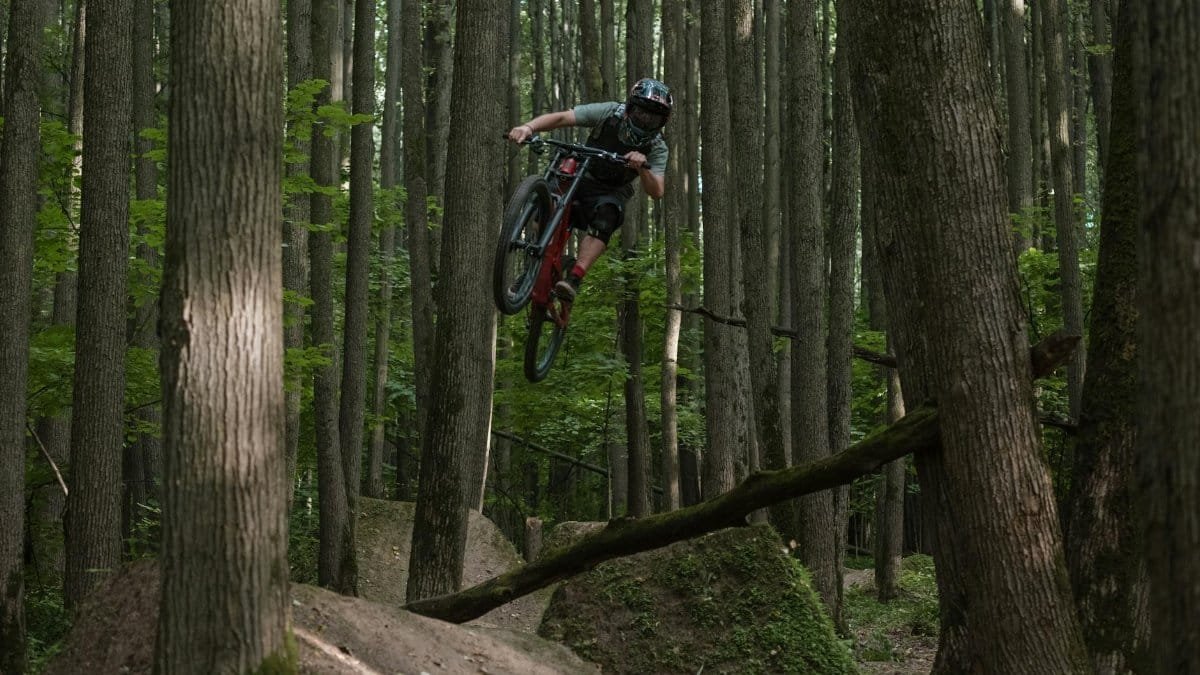
Not everyone finds it easy. Time constraints in Seattle’s fast-paced environment often derail efforts. Busy parents juggling remote work and school runs struggle to fit in self-care. Plus, access to resources varies; not all neighborhoods have affordable wellness centers. Experts warn that without addressing these barriers, resilience balance strength remains out of reach for lower-income groups. Community programs, like those from Seattle Parks and Recreation, are stepping up with free sessions to bridge the gap.
Practical Tools for Everyday Use
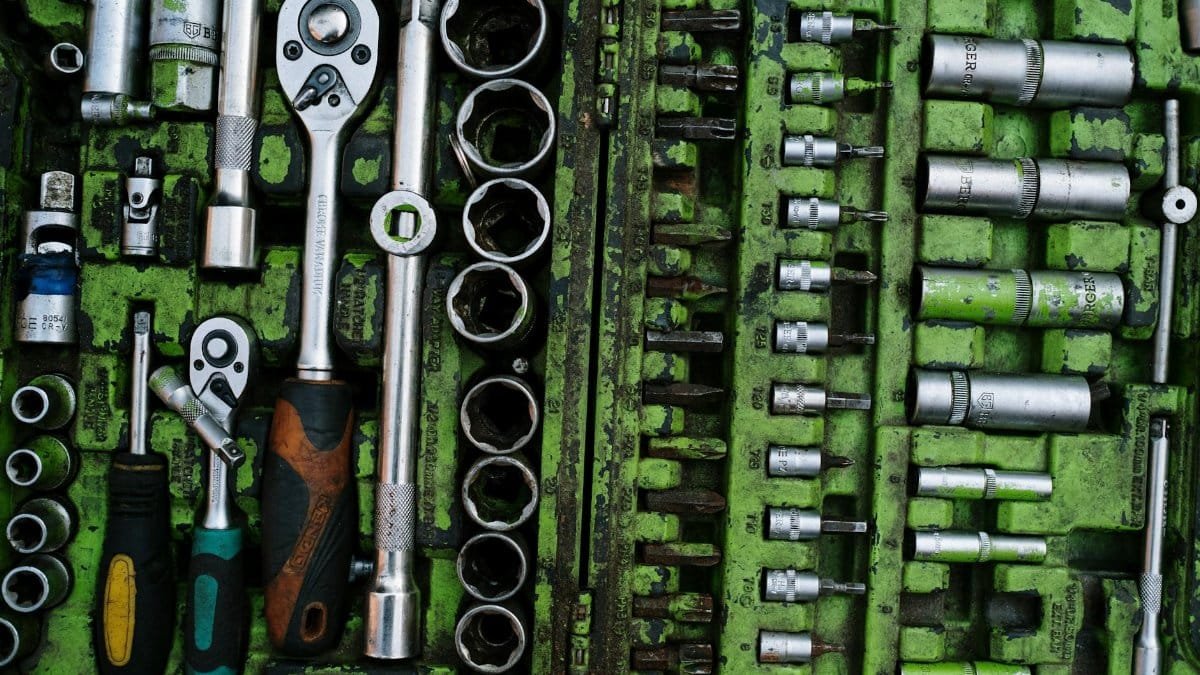
Getting started doesn’t require a guru. Simple apps track mood and suggest micro-habits, like five-minute breathing breaks. Seattle’s coffee culture lends itself to mindful moments; swap scrolling for a quick stretch during your latte run. Strength elements can include home workouts using bodyweight exercises. The key is consistency: aim for small, daily integrations rather than overhaul. Over time, this builds a resilient foundation, making stress triggers less daunting.
Impact on Work and Community Life
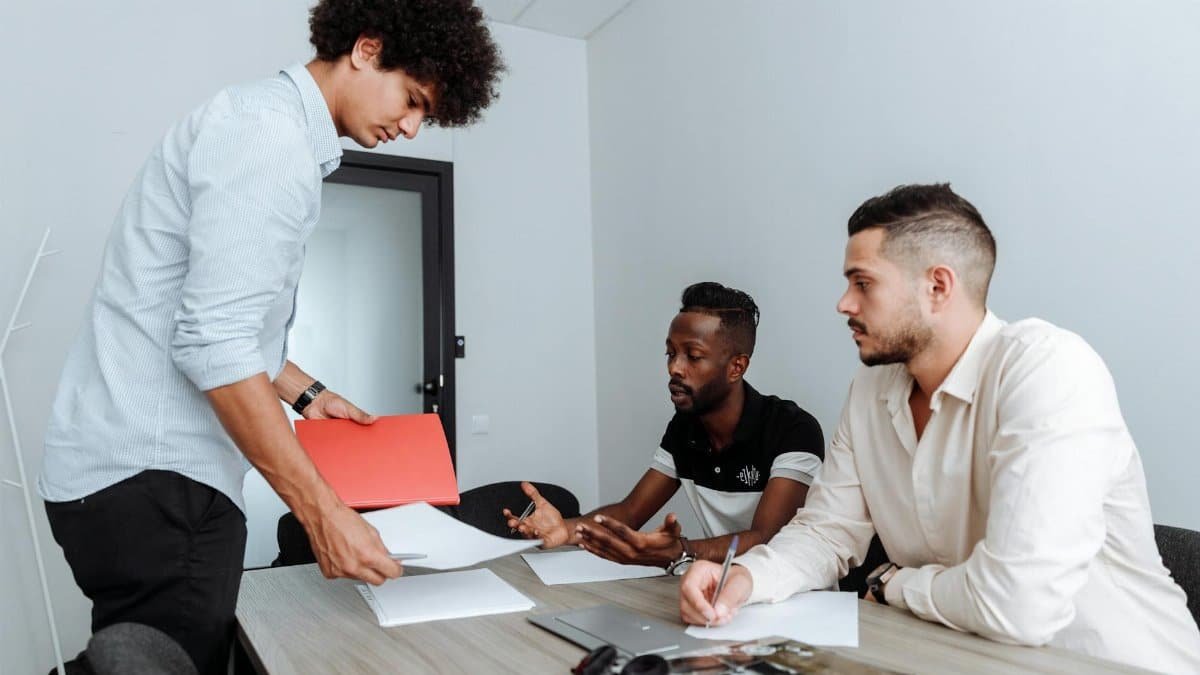
In workplaces, resilience balance strength is reshaping corporate culture. Companies like Boeing are incorporating wellness workshops, recognizing that balanced employees perform better. Community-wise, it’s fostering tighter bonds; neighborhood groups in West Seattle host resilience circles for shared support. As 2025 unfolds, this trend could lower citywide absenteeism rates, boosting productivity. It’s a ripple effect: stronger individuals mean a more vibrant Seattle.
Expert Insights on Long-Term Benefits
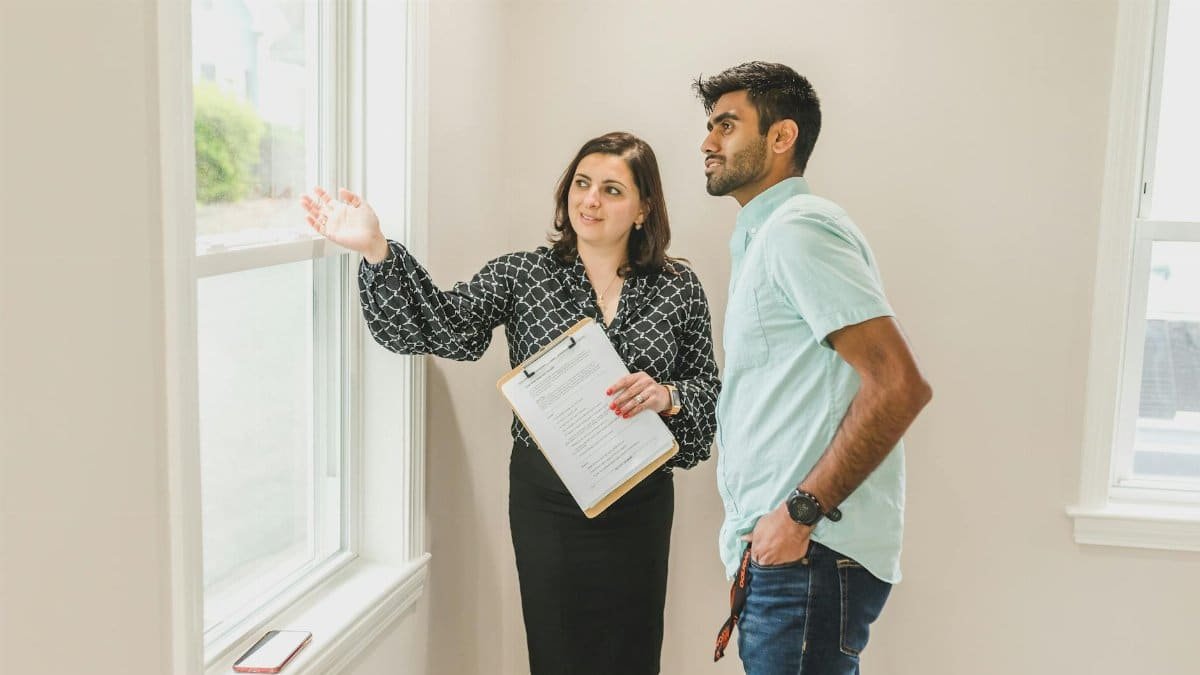
Psychologist Dr. Lisa Chen from the University of Washington’s medical center emphasizes sustainability. “Resilience balance strength isn’t a quick fix; it’s a lifestyle,” she says. Studies back this, showing reduced anxiety over years of practice. For Seattle, where innovation thrives on clear minds, these benefits could drive economic growth. Looking ahead, integrating this into education might prepare the next generation for urban stresses.
Overcoming Skepticism and Myths

Some dismiss it as trendy fluff, but evidence mounts against that. Myths like “you need hours a day” deter beginners, yet experts clarify it’s about quality over quantity. In a city skeptical of self-help fads, real results from peers are changing minds. By debunking these, more Seattleites are embracing the practice, leading to widespread adoption.
